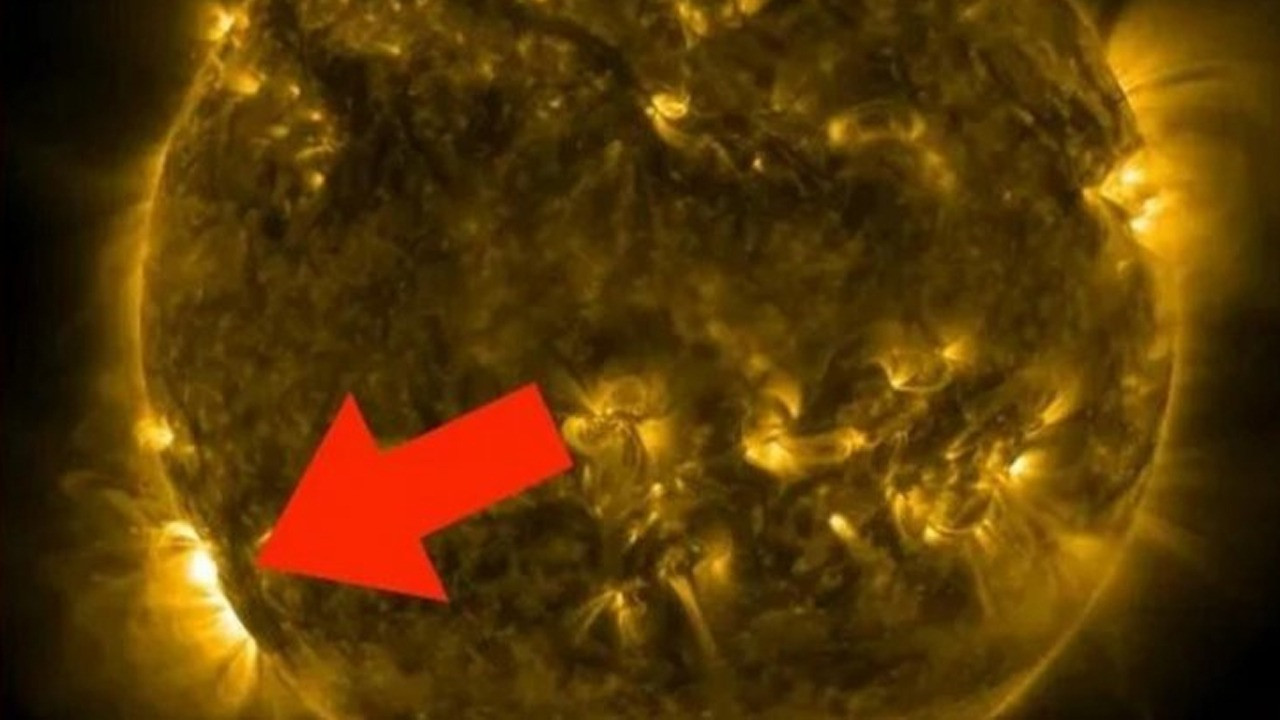The explosion, which occurred in a speck in the lower left region of the Sun, was classified as “X1.1” and disrupted radio signals over the Atlantic Ocean.
According to the news in Independent Turkish, the cosmic event was also the third most intense solar flare of 2022. Two explosions occurred on the star at X2.2 on 19 April and at X1.3 on 30 March.
Class X explosions refer to the most intense explosions that can disrupt radio frequencies and sometimes expose astronauts to higher-than-normal levels of radiation.
Sunspots formed in the outermost layer of the star are defined as active regions where various explosions occur.
They are seen as dark spots as their temperature is lower than their surroundings.
Explosions in these spots cause radioactive particles to be thrown into space. These particles, called the solar wind, can be directed to planets and therefore to Earth.
Announcing the explosion on its official Twitter account, NASA said, “Solar flares are powerful radiation explosions.”
“Harmful radiation from an explosion cannot physically affect humans on Earth’s surface because it cannot pass through the entire atmosphere of the planet. However, when intense enough, it can disrupt the layer through which GPS and communications signals are transmitted.”
During such eruptions, radio signals in some parts of the planet may be interrupted. They are classified from R1 to R5 according to their severity.
This latest eruption caused an R3 level communications blackout over the Atlantic Ocean.
–


